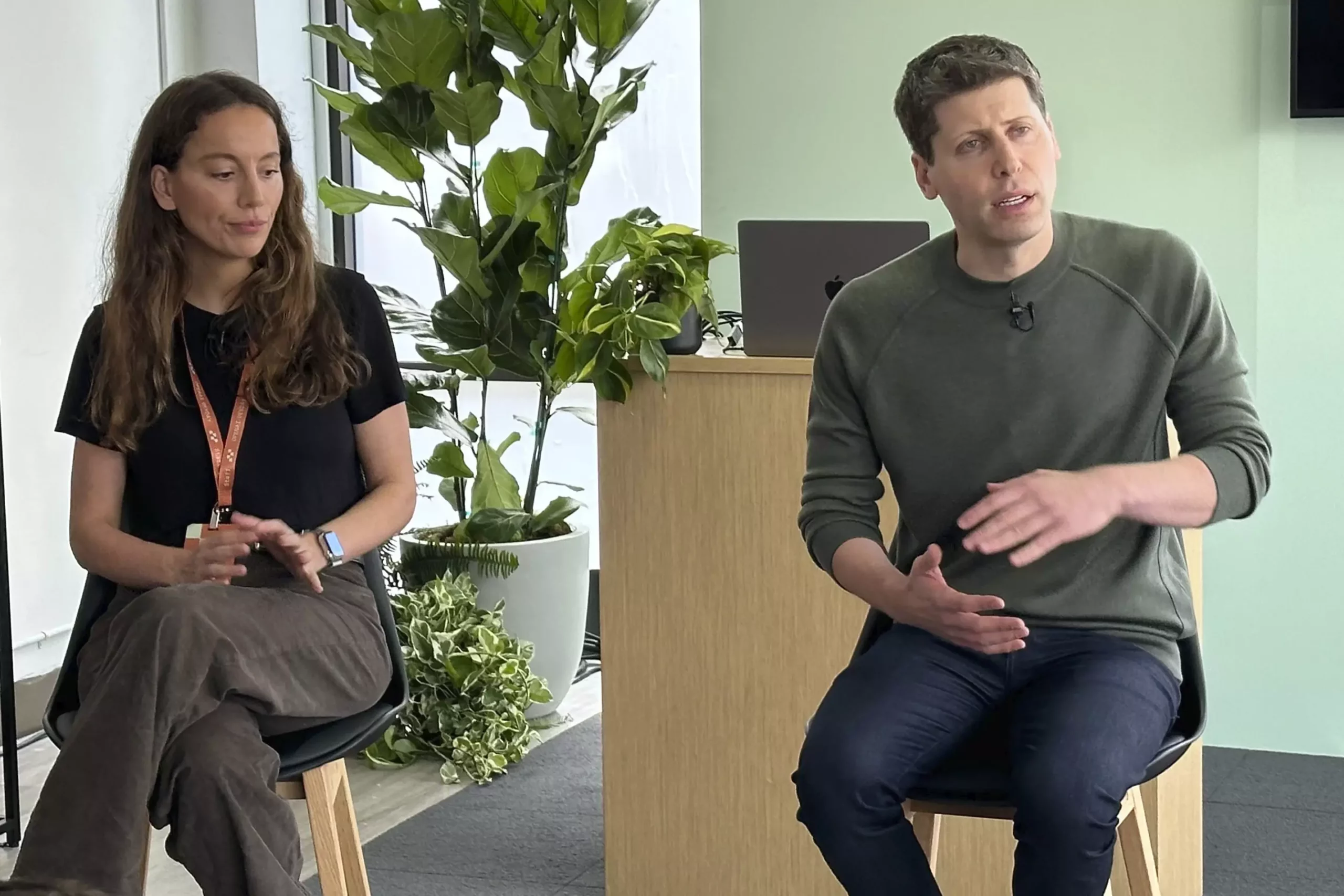The landscape of artificial intelligence is as dynamic as the technology it encompasses, and OpenAI, a prominent player in the field, is no exception. Recent departures from the organization’s executive ranks have painted a picture of uncertainty, signaling shifts that could affect the company’s trajectory. Mira Murati, OpenAI’s Chief Technology Officer (CTO), has announced her decision to leave the organization — a move that echoes the transitions happening across top leadership. Murati’s short tenure as interim CEO last year during a period of considerable turmoil highlighted the challenges faced at the company, and her departure appears to mark another chapter in OpenAI’s evolving narrative.
Murati’s statement reflects a desire for personal exploration and growth, indicating a perceived need for space and time distinct from the intense pressures of leading a cutting-edge tech company. The AI sector is renowned for its rapid pace of development and overwhelming intensity, and such an environment can lead executives to re-evaluate their roles and aspirations. Alongside her departure, Bob McGrew, Chief Research Officer, and Barret Zoph, another influential research leader, are also stepping down — a trifecta of exits that underscores the shifting dynamics within OpenAI’s leadership.
Sam Altman, OpenAI’s CEO, acknowledged the amicable nature of these departures in a communication to employees, emphasizing that they were made independently. Nonetheless, the frequency of high-profile exits raises questions about organizational stability and future directions in a landscape shaped vehemently by innovation and competition.
The exits of Murati and her colleagues are not isolated incidents but part of a broader trend within OpenAI. Recent months have seen a series of senior leaders resigning, with co-founder Greg Brockman announcing a sabbatical, and John Schulman making his way to rival Anthropic. Each of these decisions reflects personal and professional shifts that could reshape the organization and its competitive stance in the industry. After all, personnel changes can have substantial implications on company culture, morale, and public perception.
Furthermore, the critiques voiced by former leaders regarding the focus on product development over safety raise essential questions about OpenAI’s strategic priorities moving forward. With many key figures leaving amid concerns over the company’s trajectory, it appears that the challenge of balancing innovation with responsible AI practices may require urgent attention.
As Murati embarks on her new journey beyond OpenAI, the company faces a critical juncture. Leadership transitions in fast-growing companies are not uncommon; however, the rapid succession of high-profile exits within OpenAI calls for a measured response. In an industry that thrives on innovation, OpenAI must find ways to retain talent and reinforce its commitment to ethical AI development amidst an ever-evolving competitive landscape.
The future of OpenAI hinges on its ability to adapt while maintaining the foundational principles that underpinned its inception as a nonprofit research lab. Only time will tell if the steps taken in response to these changes will secure its position at the forefront of AI innovation or if they will signal the need for a reevaluation of its foundational strategies. As the dust settles from these executive transitions, the AI community watches closely, hoping for a greater emphasis on collaboration and safety in an industry that continues to redefine itself.


Leave a Reply